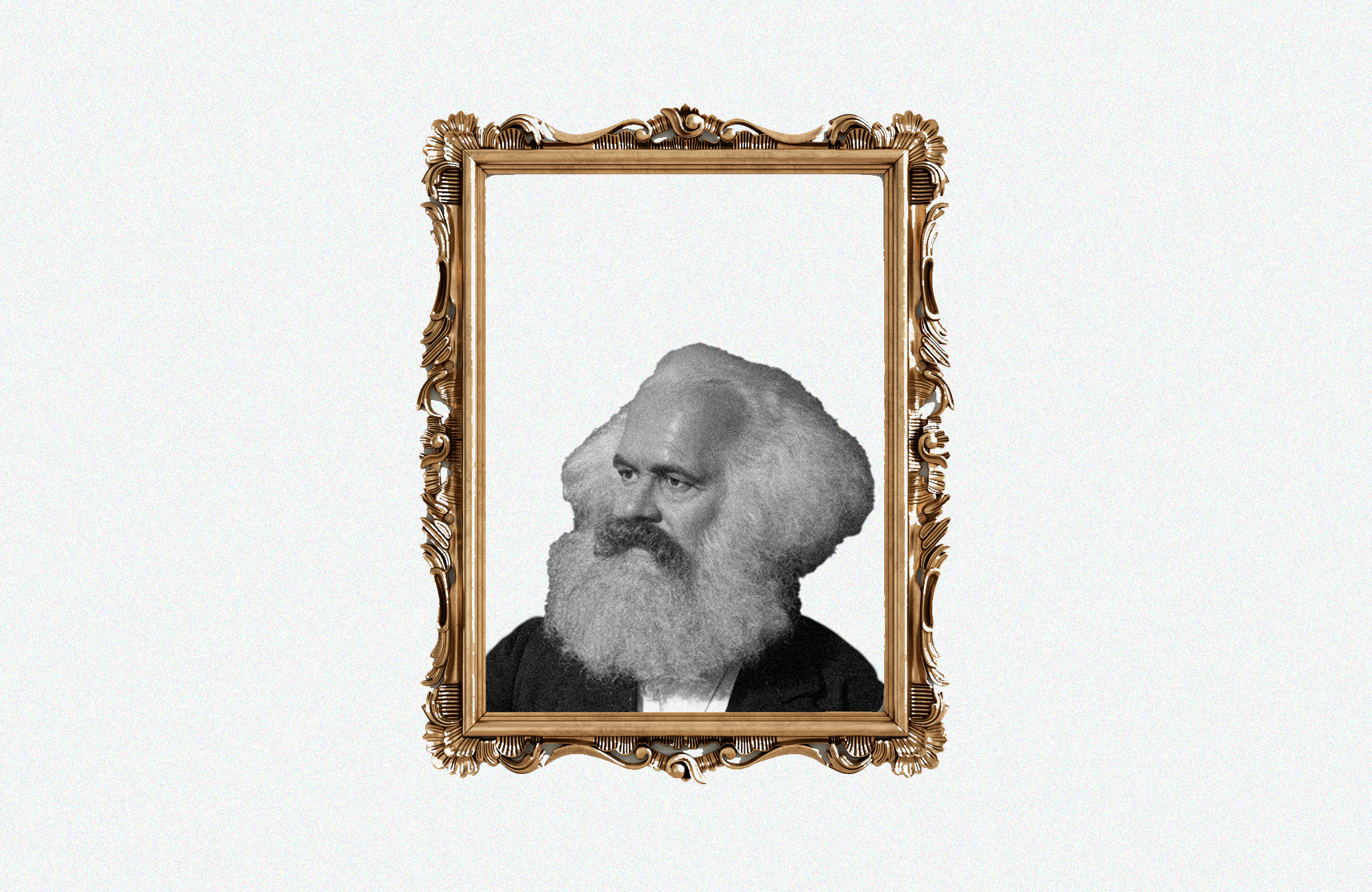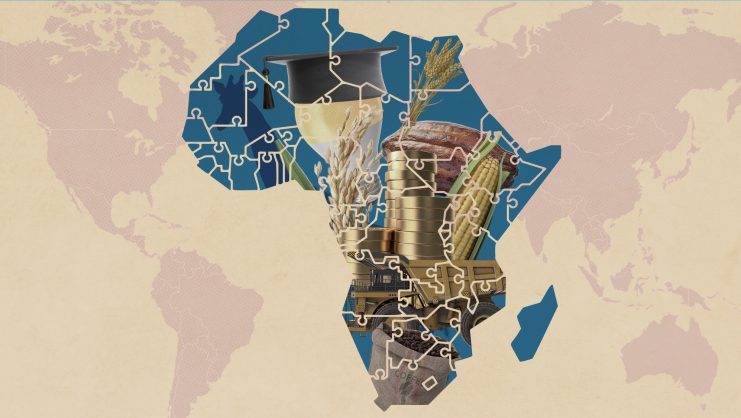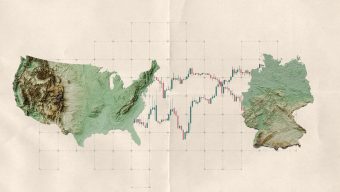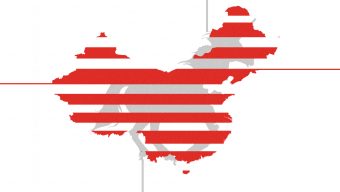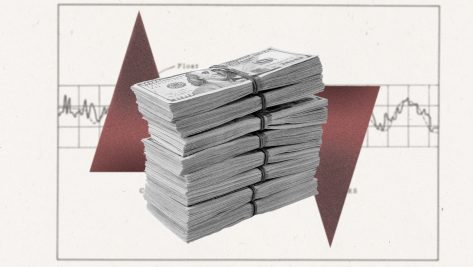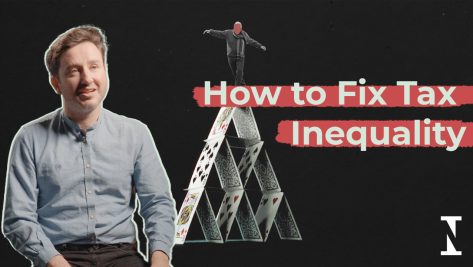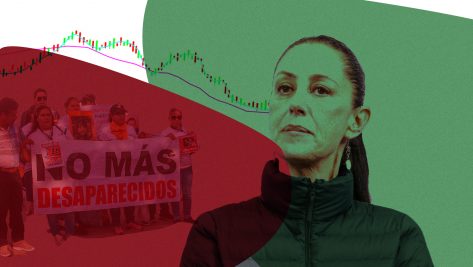Anti-Marx is not a pejorative choice of title and should not be considered as a statement of Juan Ramón Rallo’s personal animosity towards Marx. It merely emulates one of the books by Friedrich Engels (Marx’s intellectual companion for 40 years) called Anti-Dühring. As the title suggests, Engels wrote Anti-Dühring to criticize the theses of socialist philosopher Karl Eugen Dühring. The latter, in turn, had rebutted many of Marx’s ideas. It could be said that Rallo gives Marx and Engels a taste of their own medicine by examining and pointing out their contradictions, something they did with Dühring and capitalism in general.
Rallo’s two-volume series presents a critique of Marxist doctrine and especially of its economic theory. Indeed, its subtitle Critique of Marxist Political Economy, echoes the subtitle of Marx’s key book, Capital, which is of course Critique of Political Economy. Thus, in Capital, Marx sought to expose the shortcomings of the traditional economic model of his time, when interpreting the reality of capitalism. (In fact, the expression “Classical Economists” was an invention of Marx that would later be used by John Maynard Keynes, who called it the “Classical School”, to refer more broadly to the doctrine of such authors as David Ricardo, Adam Smith, J.S Mill, Marshall, Edgeworth, and Pigou.) Likewise, Rallo sets out to describe the mistakes Marx made in his interpretation of the capitalist system.
The first volume provides a painstaking explanation of Marxism. It is designed to systematically and aseptically present Marxist thought, especially (but not exclusively) in its economic facet. Rallo does not seek to distort or caricature Marx but rather simply to unpack and explain what his ideas were in an easily accessible way. He begins with the value Marx attached to commodities, followed by the value of money, surplus value, capital reproduction and accumulation, the distribution of production between social classes, the economic crises of capitalism, and finally how Marx saw communism replacing capitalism. This was supposed to take place after the collapse of the whole system, thus bringing the emancipation of humankind.
The second volume, meanwhile, furnishes an in-depth, meticulous critique of Marxist theory as presented in the first volume. All of the issues in the first volume have their counterparts in the respective chapters of the second. Therefore, the reader may choose to look at the two volumes either side by side (for example, the summary of the Marxist theory of value presented in chapter 1 of the first volume, followed by the critique of the Marxist theory of value presented in chapter 1 of the second volume). Or the reader may go through one after the other (the whole of the first volume, followed by the whole of the second volume).
Rallo recommends reading both volumes in their entirety one after the other, because only by understanding the whole of Marxist thought can the critique of Marxism be properly grasped.
How does Rallo first construct Marxism (volume one) and then deconstruct it (volume two)? For most topics by using very simple examples (e.g., how a chair is manufactured, how cotton is harvested, how two linen sheets are swapped for 100 eggs, how many grapes are produced in 10 hours of work). Rallo guides us through Marxist thought by analyzing it from the least important (the need to watch television) to the most important (the price of goods). From the most tangible (how bees make their honeycombs) to the most abstract (the theory of exploitation). From the particular (the various types of wine) to the most general (the theory of value). From the most practical (how a book is produced) to the most theoretical (critique of the theory of money and capital).
Rallo thus builds up from very straightforward economic issues, for example, a farmer who has three silos of wheat, to economic theory (the theory of accumulation and the commodity market). Over the course of the two volumes, he also elucidates many other aspects of Introduction to Economics. For example: price formation (with lots of supply and demand charts for goods); the money and loanable fund markets which determine interest rates; externalities, public goods and common resources; the monopoly theory; liquidity preference; the production-possibility frontier model; Fisher’s quantity theory of money; national account systems; the operation of the job market (using lots of supply and demand charts for labor); the origin of economic crises (both aggregate supply and aggregate demand); the industrial (and technological) revolutions, and more.
Marxist ideas were not and are not predictive.
In his second volume, Rallo uses deductive logic to patiently deconstruct the whole Marxist edifice he has built in the first. He critiques Marxism step by step with the depth and perseverance of a surgeon. Contrary to Karl Popper, author of The Open Society and Its Enemies, Marx initially seeks principles, i.e., solid points on which to found economics. Rallo quotes Popper and joins him in decrying the fallacy of the doctrine espoused by Marx: the historical materialism which presupposes that history has a final destiny. This is what Popper calls the central error of historicism: its laws of social and economic development are nothing but absolute trends. They are Marxist trends which inevitably take us in a particular direction. When discussing the Marxist theory of history and its founders and followers, Popper argues: “In some of its earlier formulations (for example in Marx’s analysis of the character of the ‘coming social revolution’) their predictions were testable and in fact falsified” (volume two, p. 1038). In short, Rallo says Marx’s prophecies have not come true.
This is also because the communist revolution did not happen where historical materialism had forecast it would (the capitalist West). Instead, it came about where it was not expected to (agrarian, pre-industrial Russia). All of which makes it clear that Marxist ideas were not and are not predictive. In other words, they are of no use as a means of interpreting history. Accordingly, and contrary to what Marx held, historical materialism does not mean that communism is bound to emerge from the ashes of advanced capitalism.
Rallo specifically refers to the economic disaster of the USSR and its satellite countries by comparing them with capitalist countries. He shows that between 1950 and 1989, all socialist countries grew much less than would have been expected, given their baseline income per capita. Conversely, almost all capitalist countries grew as much as might have been expected or even more.
However, these references are few and far between for a 1772-page opus. For example, he shows how Marxist political economy has been largely unsuccessful in the USSR and China in just 15 pages. This gives short shrift, by any standards. Short, yet brilliant when he says that the regression of the USSR and Eastern European countries from socialism to capitalism ought to be viewed as a rebuttal of historical materialism. Marx sought to build a scientific socialism which history has shown to have failed. His use of the scientific method would not have enabled him to successfully draw testable and applicable conclusions.
In a nutshell, Rallo shows that Marxism has been debunked by empirical testing. Furthermore, the deductive logic he draws on over both volumes reveals that the theories and propositions on which it was based are also false. In short, the outcomes in communist countries have also been refuted, and this proves that the theories and propositions on which they were based are also false.
Finally, we might add that the implementation of Marxism led to other manifestly undesirable outcomes: the impoverishment of the countries in which it was pursued and the establishment of totalitarian and repressive regimes. As Nobel Prize winner Svetlana Aleksiévich details in her book Second Hand Time: The Last of the Soviets, the citizens of the USSR underwent a real economic and social tragedy. And perhaps Marxism’s greatest contradiction was that the oppressor class-oppressed class dynamic, which Marx had railed against so much, was maintained. This was described by British socialist writer George Orwell in Animal Farm. Using a fable in which the animals stand for historical figures, Orwell noted that communism had engendered a new ruling class (the leaders of the Communist Party) which controlled the proletariat. Corruption, abuse of power, manipulation of the truth, and the cult of the leader destroyed the dreams of freedom, equality, and justice of Animal Farm’s inhabitants. This is vividly encapsulated in one of the novel’s lines: “All animals are equal, but some are more equal than others.”
A version of this article was originally published in Spanish in Nueva Revista.
© IE Insights.



